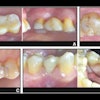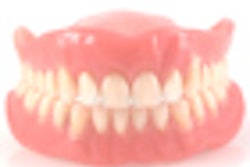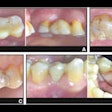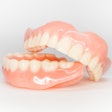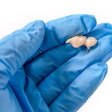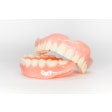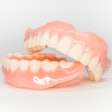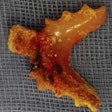Having two annual dental cleanings does not reduce tooth loss in low-risk patients, but high-risk patients benefit from additional care, according to a study conducted on behalf of Interleukin Genetics.
The Periodontal Disease Prevention Study was conducted by the University of Michigan School of Dentistry, the company noted in a press release.
Researchers examined approximately 5,400 adults from a large dental claims database with more than 16 consecutive years of documented oral health history. Participants provided a DNA sample and information on other risk factors to classify them as low or high risk.
The study used Interleukin's PST genetic test to identify patients with increased risk for severe and progressive periodontal disease, as well as significant tooth loss based on a proprietary panel of genetic variations that predispose an individual to overexpress inflammation.
Low-risk patients (approximately 47% of the study) were defined as nonsmokers, genetically negative per the company's PST test, and with no history of diabetes. High-risk patients were defined as having one or more risk factors, such as being PST-positive, having diabetes, or smoking.
Preliminary results indicate that in low-risk patients there was no significant difference between two dental preventive visits per year and one preventive visit per year in reducing the percentage of patients who had tooth extractions over the 16-year monitoring period (13.8% versus 16.4%, p = 0.092).
In high-risk patients, two preventive visits per year significantly reduced the percentage of patients who had extractions over the same period compared with one preventive visit per year (16.9% versus 22.1%, p = 0.002). The researchers also found a positive relationship between the number of risk factors and the percentage of patients with extractions (p < 0.001).


